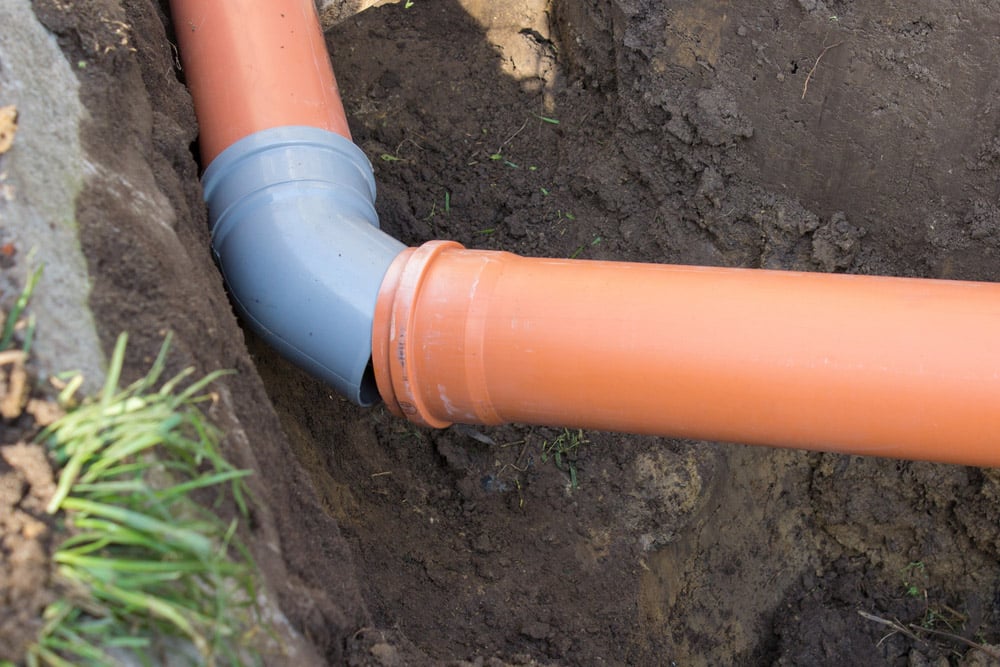Fresh advances in pipe technology mean that customers can now choose an alternative to pipe replacement – pipe relining.
Whilst both procedures result in pipes with a smooth, leak-free interior, there are pros and cons to each method.
Here we take a look at what pipe relining and pipe replacement is, as well as the advantages and disadvantages of each option.
Pipe Relining
Pipes with uneven interiors, cracks or other signs of wear are prone to frequent blockages. They’re also likely to leak. Pipe relining, as the name suggests, involves inserting a fresh, watertight liner into the interior of the pipe.
Made from high-grade, composite resin, the liner adheres tightly to the pipe wall. Once in place, it ensures a smooth, leak-free interior to an existing pipe.
There are several advantages to using pipe relining, some of which are detailed below.
Less Disruption
Pipes don’t have to be dug up to be successfully lined, minimising disruption and labour costs.
A Wide Range Of Applications
As well as being a great solution for old or leaking pipes, relining can also be successfully used at pipe junctions, to cover small areas of pipes that are otherwise sound or where misalignment means that the drainage network lacks integrity.
Long-lasting Results
At Flowwise, we use the Nuflow pipe relining system. Nuflow is a reputable brand that manufactures premium liners. High-grade composite resin can provide decades of trouble-free plumbing.
Relining Is Appropriate For Almost Any Type Of Pipe
There are liners available that work well in larger, older pipes, as well as narrow or standard-gauge pipes. Liners can be applied to pipes made from a wide range of materials, including copper, PVC, steel, earthenware, cast iron or concrete pipes.
Suitable For Pipes Containing Drinking Water
Composite resin is safe to use as a liner for drinking water. It also works well on sewage pipes, gas pipes and other types of pipework.
Pipe Replacement
In some situations, pipe replacement is the best course of action. If the pipe is severely compromised along its entire length, has a major leak (such as that caused by an invasive tree root) or is badly corroded, replacement is likely to be the better option.
Pipe relining will only work where the pipe has some degree of structural integrity. Very old or damaged pipes will need to be replaced.
If you’re concerned about the impact that digging out your old pipes will have, note that we provide a no-dig method of pipe repair.
Although sometimes a total replacement is inevitable, in many cases we can use a no-dig repair to fix your pipe without the need to dig down to it.
Does Pipe Replacement Last Longer Than Pipe Relining?
Nuflow pipe relining material will last, on average, around fifty years. A PVC water pipe will last between forty to sixty years.
A copper pipe will last seventy to eighty years. Whilst pipe replacement using a premium material may provide longer-lasting results, for the majority of property owners, fifty years of high performance delivers a good return on their initial investment.
Contact the team at Flowwise on 07 5445 4276 for further information.
